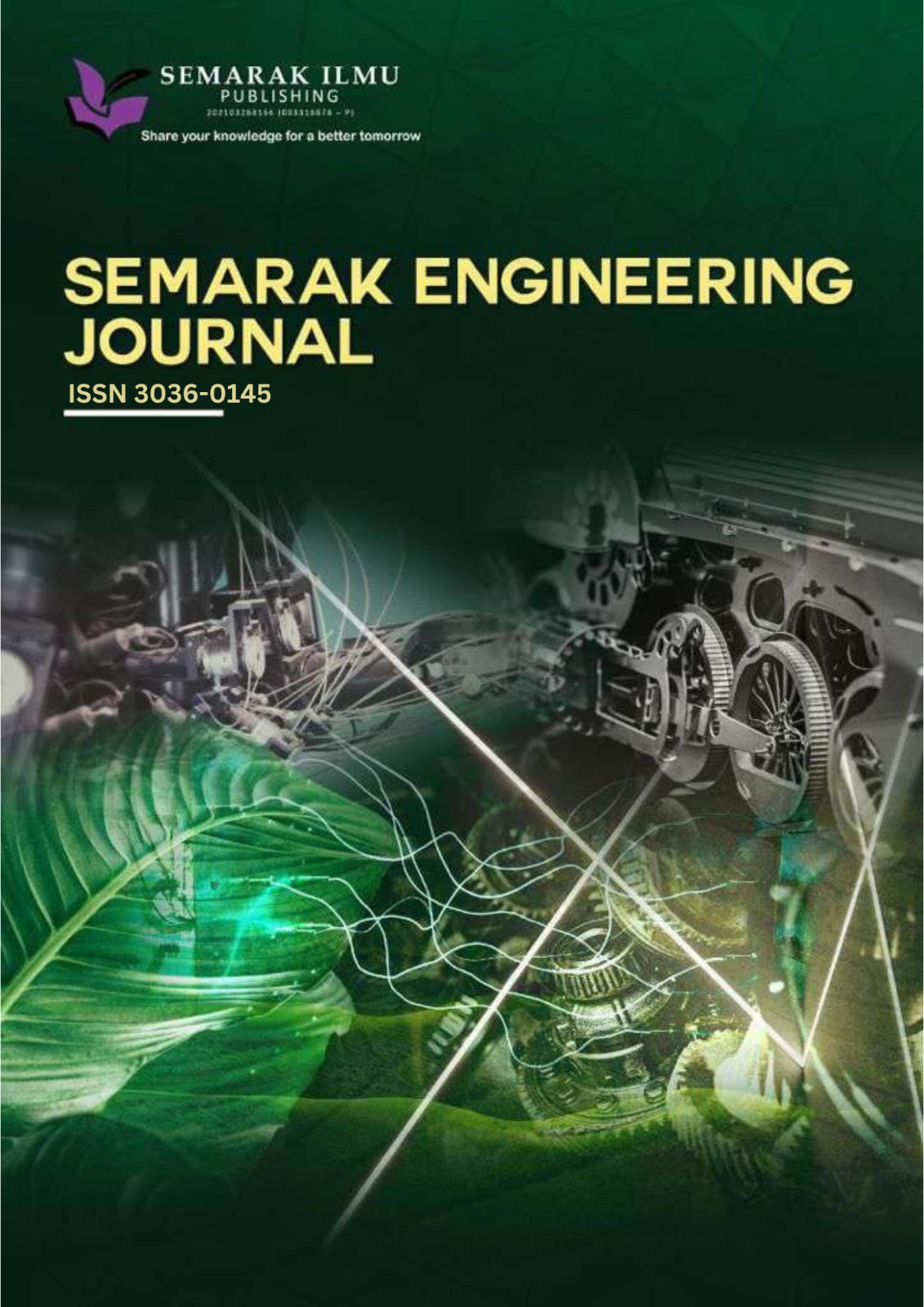Advancing Heat Transfer: Exploring Nanofluids and Regression analysis on Lower Stagnation Point of a Horizontal Circular Cylinder for Brinkman-Viscoelastic Fluid
DOI:
https://doi.org/10.37934/sej.7.1.110Keywords:
Hybrid nanofluids, heat transfer, Brinkman -Viscoelastic model, Carboxymethyl Cellulose (CMC), regression modelAbstract
Nanofluids and hybrid nanofluids are increasingly employed in research, products, and technologies to enhance heat transfer efficiency. Recent investigations have focused on the convective heat transfer of viscoelastic nanofluids flowing through porous media, utilizing the Brinkman-Viscoelastic nanofluid model. In this study, the volume fraction of nanoparticles is used to characterize the nanofluids, while the heat transfer performance is quantified by the Nusselt number. The primary objective is to develop a regression model that evaluates the influence of nanoparticle volume fraction on the Nusselt number using simple linear regression analysis. Copper (Cu) nanoparticles and Carboxymethyl Cellulose (CMC) serve as the nanoparticle and base fluid, respectively. The governing equations for Brinkman-Viscoelastic nanofluid are simplified through non-dimensional and non-similarity transformations to enable analytical treatment. These simplified equations are numerically solved using the Runge-Kutta-Fehlberg method, and the results are used to construct and validate the regression model. This study provides insights into the relationship between nanoparticle concentration and thermal performance, contributing to advancements in heat transfer applications.
Downloads















